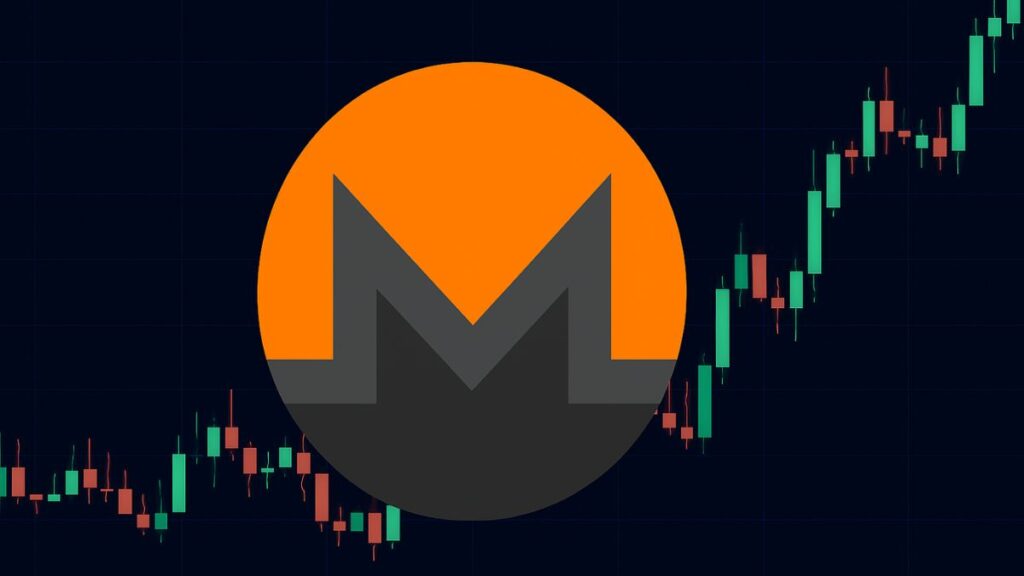TL;DR
- Reorg Impact: Qubic triggered Monero’s largest-ever 18-block reorg, reversing 117 transactions and exposing critical flaws in the network’s decentralization and lock mechanisms.
- Price Reaction: Despite the rollback, XMR surged 7.4% in eight hours, outperforming the broader crypto market and defying expectations of a sell-off.
- Security Debate: Developers are weighing DNS checkpoints and consensus changes to prevent future reorgs, sparking debate over centralization risks.
Monero (XMR) surged over 5.5% despite suffering its largest-ever blockchain reorganization. The 18-block reorg, triggered by mining pool Qubic, erased 36 minutes of transaction history and invalidated over 117 transfers. While the event raised serious concerns about network reliability and decentralization, XMR’s price defied expectations, climbing more than 7% within hours of the incident. The reorg has reignited debate over Monero’s vulnerability to 51% attacks and the future of its proof-of-work consensus.
Qubic’s Role in the Reorg
The reorganization began at block height 3,499,659 and concluded at 3,499,676, lasting approximately 43 minutes. Qubic, a layer-1 AI-focused blockchain and mining pool, was responsible for the rollback, having amassed a 51% hashrate on Monero. This allowed Qubic to mine blocks in isolation and later release a longer chain, which Monero’s protocol accepted as the valid history.
The maneuver reversed 117 transactions and demonstrated the risks of concentrated mining power. Qubic had previously attempted a six-block reorg and was suspected of experimenting with mechanisms to influence XMR’s price.
Community Reaction and Network Concerns
The incident has shaken confidence in Monero’s reliability. Prominent voices in the community, including podcaster Xenu and security expert Yu Xian, warned that the network’s decentralization is under threat. Some users, like crypto pundit Vini Barbosa, announced they would stop accepting XMR for payments until stability returns. The reorg also exposed the limitations of Monero’s 10-block lock mechanism, which failed to prevent the rollback. Exchanges are now expected to increase confirmation requirements to mitigate future risks.

Price Performance Defies Expectations
Despite the severity of the reorg, XMR’s price remained resilient. CoinMarketCap data shows the token rose from $287.54 to $305 within eight hours, marking a 5.5% rally. This performance came even as the broader crypto market declined by 1% on the same day. Observers speculated that Qubic’s actions may have been aimed at stabilizing or boosting Monero’s price, though no official statements were issued. The rally suggests that investor confidence in Monero’s long-term value remains intact, at least for now.
Proposed Solutions and Future Outlook
To counter future reorgs, Monero developers and node operators are considering temporary DNS checkpoints, which would fetch trusted block data from community servers. However, this approach risks centralizing the network. Other proposals include overhauling the proof-of-work mechanism, adopting merge mining, or implementing Dash’s ChainLocks.










